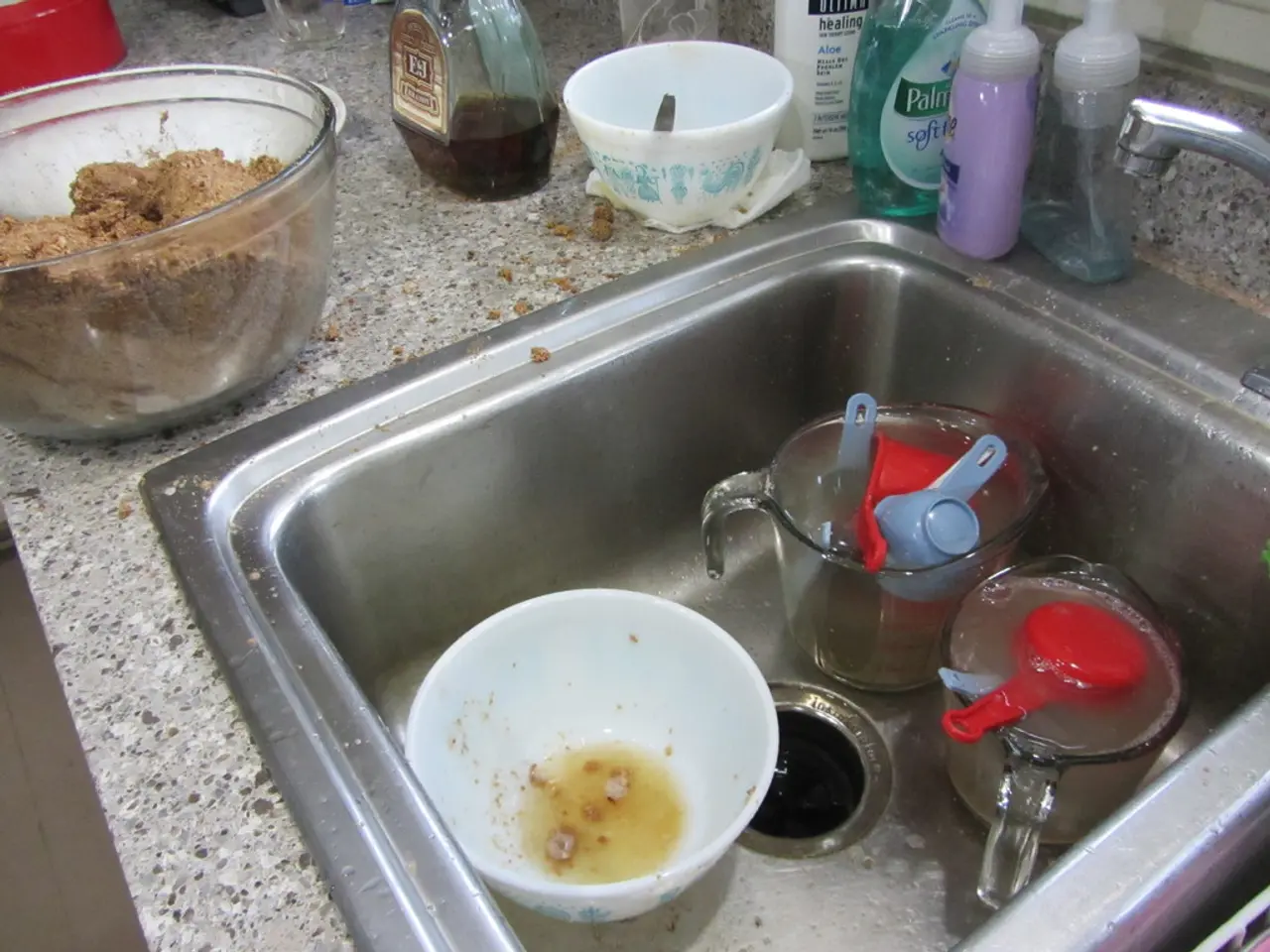Transforming Hygiene Practices: The Ascendancy of CIP Systems in Food and Drink Industries
In the food and beverage industry, Clean-in-Place (CIP) systems have emerged as a game-changer, fostering uniform hygiene protocols across operations and increasing consistency. These systems, which use a blend of detergents and hot water to clean machinery, ensure hygiene standards are met with precision.
Diversey, a leading company in the manufacturing and supply of CIP systems, has demonstrated its prowess through a collaboration with Kenya Breweries Limited. This partnership resulted in a CIP system using biocidal acid OSA-N, further emphasising the importance of hygiene in the industry.
The automation of the cleaning process offered by CIP systems has significantly reduced the need for manual labour, leading to potential financial benefits for businesses. By reducing costs from recalls and increasing sales, these systems can contribute to better financial health.
The dedication to hygiene in the food and beverage industry reflects a broader societal movement towards greater responsibility in all facets of life. Consumers tend to be more willing to pay for products with clear quality assurance, such as those produced with CIP systems.
However, the adoption of CIP systems is not without its challenges. Proper training of staff to effectively use these systems is crucial, and establishing a culture of diligence regarding cleanliness is pivotal. Many team members may be resistant to the adoption of CIP systems due to comfort with traditional cleaning methods.
Despite initial setbacks, the long-term financial benefits of CIP systems often outweigh the initial investment costs. Overcoming resistance and challenges in the adoption of CIP systems can lead to stronger team cohesion.
Keeping CIP systems running smoothly requires ongoing maintenance. Fortunately, these systems lead to efficiency in cleaning times, reducing the hours required for cleaning. This, in turn, leads to reduced labor costs.
The influence of CIP systems on the food and beverage sector is poised to expand further due to consumer demands for elevated safety standards. Innovation becomes crucial in meeting these safety expectations. Adherence to superior cleanliness standards can justify charging a premium for products in today's health-conscious society.
In conclusion, the implementation of CIP systems can lead to numerous benefits for businesses in the food and beverage industry. From increased consistency in hygiene protocols to reduced labor costs, the advantages are clear. However, it is essential to approach the adoption of these systems with patience, understanding that initial setbacks are common but surmountable. With the right approach, businesses can reap the rewards of a cleaner, more efficient, and ultimately, more profitable operation.
Read also:
- Peptide YY (PYY): Exploring its Role in Appetite Suppression, Intestinal Health, and Cognitive Links
- Toddler Health: Rotavirus Signs, Origins, and Potential Complications
- Digestive issues and heart discomfort: Root causes and associated health conditions
- House Infernos: Deadly Hazards Surpassing the Flames








